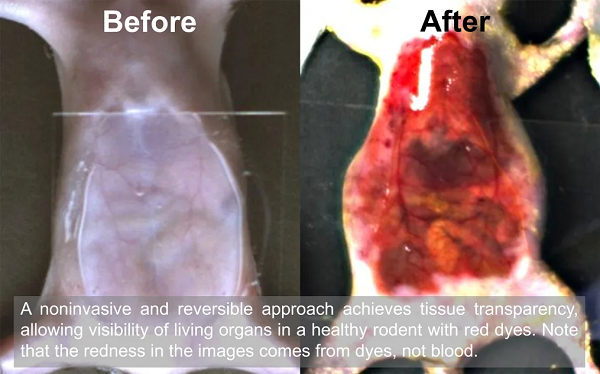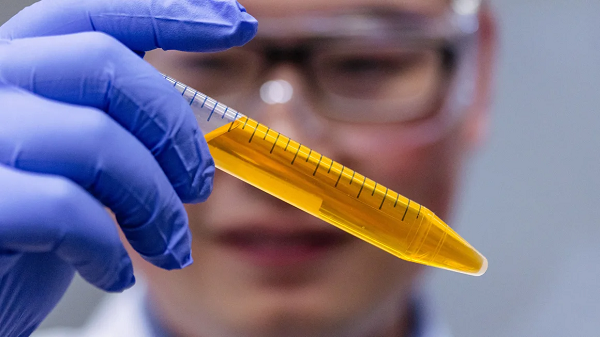A recent study has revealed that a yellow food dye commonly found in chips and candy corn can cause the skin of mice to become transparent. The artificial dye, known as "Tartrazine" (Yellow No. 5), is widely used in various snacks to add vibrant colors to foods. Although it has long been considered harmless to humans, the study highlights its potential side effects.
Researchers discovered that when mice consumed a large amount of the yellow dye, their skin tissue gradually lost its original color and opacity, eventually becoming transparent. This phenomenon may be related to the impact of Tartrazine on the structure and metabolic activities of skin cells. Before and after images show how dye allows researchers to see organs of a mouse by making its skin temporarily transparent. Stanford University
Before and after images show how dye allows researchers to see organs of a mouse by making its skin temporarily transparent. Stanford University
While there is currently no sufficient evidence to prove that this effect could occur in humans, researchers are calling for further investigation to determine the long-term health effects of consuming such dyes. This finding has once again raised concerns over the safety of food additives and prompted people to reconsider the usage levels and standards of artificial food colorings commonly found in our diet.







